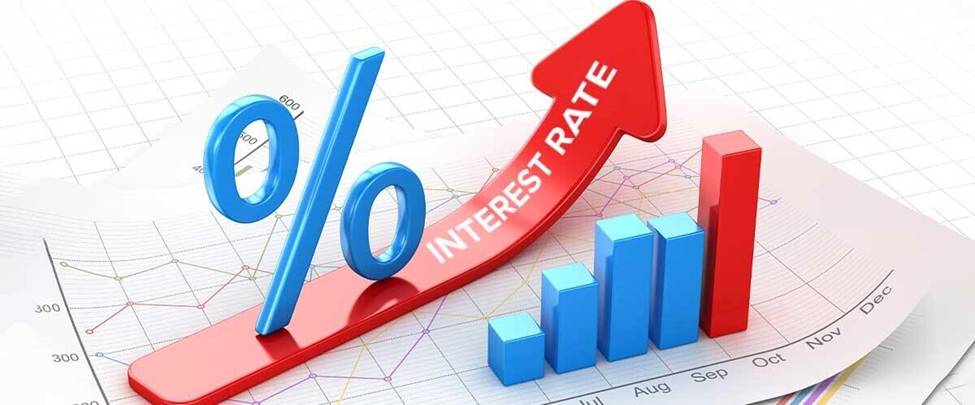According to the U.S. Bureau of Labor Statistics, the July 2022 consumer price index (CPI) increased 8.5% over the last 12 months. While gasoline and natural gas indices fell, food and electricity costs rose to offset any possible declines in the CPI. While the 8.5% rate of inflation is still high, it represents a significant decline from the 9.1% reported in June.
The Federal Reserve (Fed) under the leadership of Jerome Powell has been aggressively fighting price instabilities by raising interest rates. Here is the logic; interest rate hikes affect the cost of funds thereby decreasing borrowing by both consumers and businesses. This lowers demand and capital investment, thereby reducing upward price pressures.
There is also a very strong correlation between hikes in interest rate and stock markets performance. This article isolates and discusses four things to watch as hikes become more frequent and aggressive.
Decrease In Capital Investments
In a bid to tamp down runaway inflation, the Fed on Wednesday, Jul 27, 2022, raised interest rates by 75 basis points. This hike pushed the overnight borrowing rate to the region of 2.25%-2.5%. A rise in the fed funds rate directly affects short-term lending between banks and subsequently borrowing costs for businesses and consumers.
The cost of servicing debt is part of the business operating costs reported on quarterly, biannual and annual income statements. Therefore, a rise in interest rate costs eats into the profitability of businesses and leaves little funds for future investments. Businesses also lack the incentive to borrow for future investments. As US companies cut down on capital investments, their future growth prospects and profitability is also likely to fall, making them less attractive to investors in the stock market.
Reduced Disposable Income
Flipping the coin and looking at US consumers, a hike in interest rates also exposes consumers to higher borrowing costs for both existing and future debts. For instance, a recent survey by Bankrate shows that the average rate for a 30-year mortgage is 5.63% and that of a 15-year mortgage is 4.5%.
These costs not only disincentivize consumers from borrowing to spend on big-ticket items but also reduce their discretionary income. As consumption falls, businesses suffer as they are forced to cut production to match the subdued demand. The ensuing reduction in business earnings leads to a fall in future investments, fewer cash flows, and a fall in share prices.
Volatility In Growth Stocks
Growth stocks are valued based on their abilities to grow revenues quicker. They may not be profitable now but have a huge promise to generate strong performance in future. These stocks are valued based on discounted future earnings.
Stocks such as Amazon, Microsoft, Nvidia, and Meta, fall in this category. Since the discount rate used to value growth stocks is positively correlated with the prevailing interest rates, a rise in these rates means lower valuations for growth stocks.
On June 13, Bloomberg reported on the collapse of big tech’s floor amid fears of rising Fed hikes. Stock markets are driven by expectations of the future actions of the Federal Reserve. Actual or expected hikes in interest rates can potentially drive the market into bear territory. This is when stocks fall by an average of 20% from their recent highs.
The Likelihood of a Recession
The ‘ugly’ inflation numbers coupled with looming interest rate hikes create the perfect recipe for a recession. A Bloomberg survey of economists finalized in June 2022, indicates that the US economy has a 47.5% probability that it will enter a recession over the coming 12 months.
A recession will mean fewer jobs, more layoffs, and higher interest rates. According to the National Bureau of Economic Research, a recession lasts a few months, and it is marked by a significant reduction in economic activity.
Stock prices are significantly slashed during recessions because of the doom and gloom in business performances.
Conclusion
Inflation data and interest rates are among the most followed macroeconomic variables. The stock market on the other hand is the barometer for both businesses and consumers, showing how easy or hard it is to raise capital or take up credit facilities. The US interest rate hikes are currently at 75 basis points. These hikes have left both investors and consumers closely monitoring business investment decisions, consumption patterns, volatility in the growth stocks space and the possibility of a recession. Whichever way it goes, as an investor, you must take up solid positions and rebalance your portfolio regularly.





